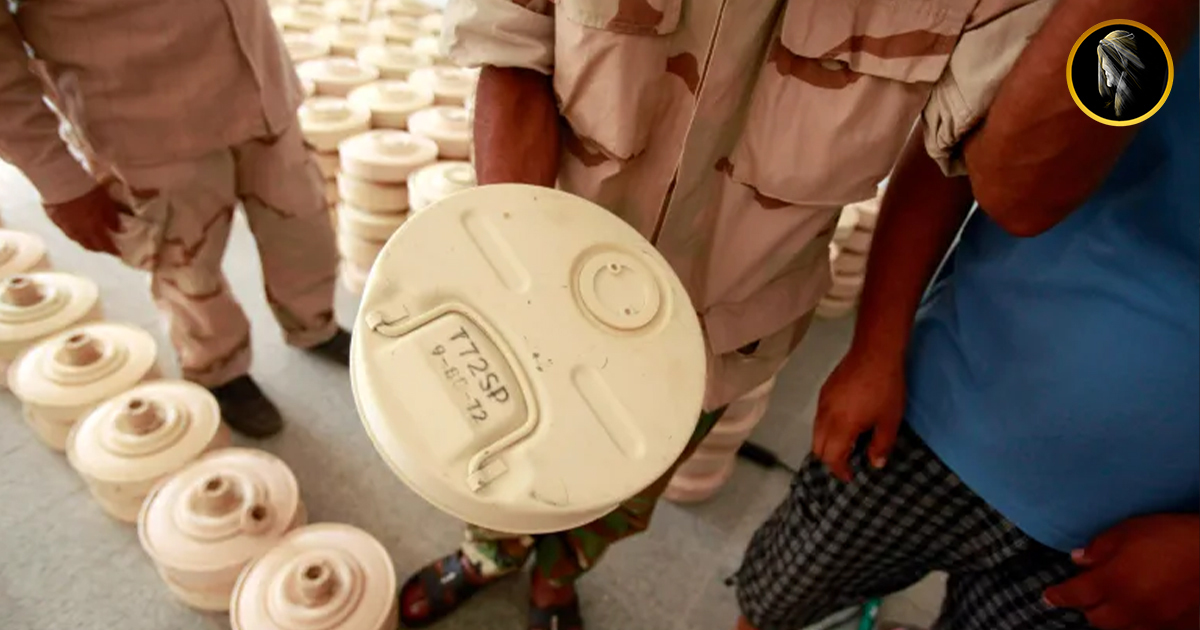Recent flooding in Libya caused by Storm Daniel has raised concerns about the possible exposure of unexploded landmines and other weapons left behind from the country’s past conflicts. Libya has faced political fractures and conflict since the 2011 revolution that ousted Muammar Gaddafi.
Following the 2011 uprising, Libya’s vast arsenal became readily available to various armed groups. Neglected storage depots, like Storage House 3 and Storage House 5, held explosives and anti-aircraft missiles, attracting armed groups seeking military-grade weapons.
The situation worsened in 2014 when the country split between rival governments in the east and west, leading to conflict. A report by the United Nations Office for the Coordination of Humanitarian Affairs (OCHA) noted a significant increase in landmines and unexploded ordnance accidents since the second half of 2020. It’s estimated that as of 2022, there are around 100,000 tonnes of ammunition under rubble in various conflict-affected areas of Libya.
The flooding has disrupted the locations of unexploded ordnance and ammunition stores, particularly in Derna’s old town, one of the hardest-hit areas. To address this, the International Committee of the Red Cross (ICRC) is using pre-flood information to build a Geographical Information System (GIS) model to map suspected areas of weapon contamination.
Contrary to common belief, unexploded ordnance moved by water can become more sensitive to movement and touch, making it potentially more dangerous. This poses a significant risk to both survivors and rescuers involved in flood-related activities.
Awareness of weapon contamination is not widespread, even in conflict areas, and there’s a misconception that unexploded ordnance becomes less dangerous when moved by water. In fact, it often becomes more sensitive to movement and touch, increasing the risk of detonation.
As Libyan authorities grapple with the challenges posed by the floods and political turmoil, organizations like the ICRC are working to raise awareness of the risks, provide training and aid to rescue teams, and communicate the gravity of the situation to the public. The Libyan Red Crescent is also partnering with government officials to spread knowledge online and equip people with proper training to minimize detonation risks.
The presence of unexploded ordnance adds another layer of complexity to Libya’s ongoing challenges.









